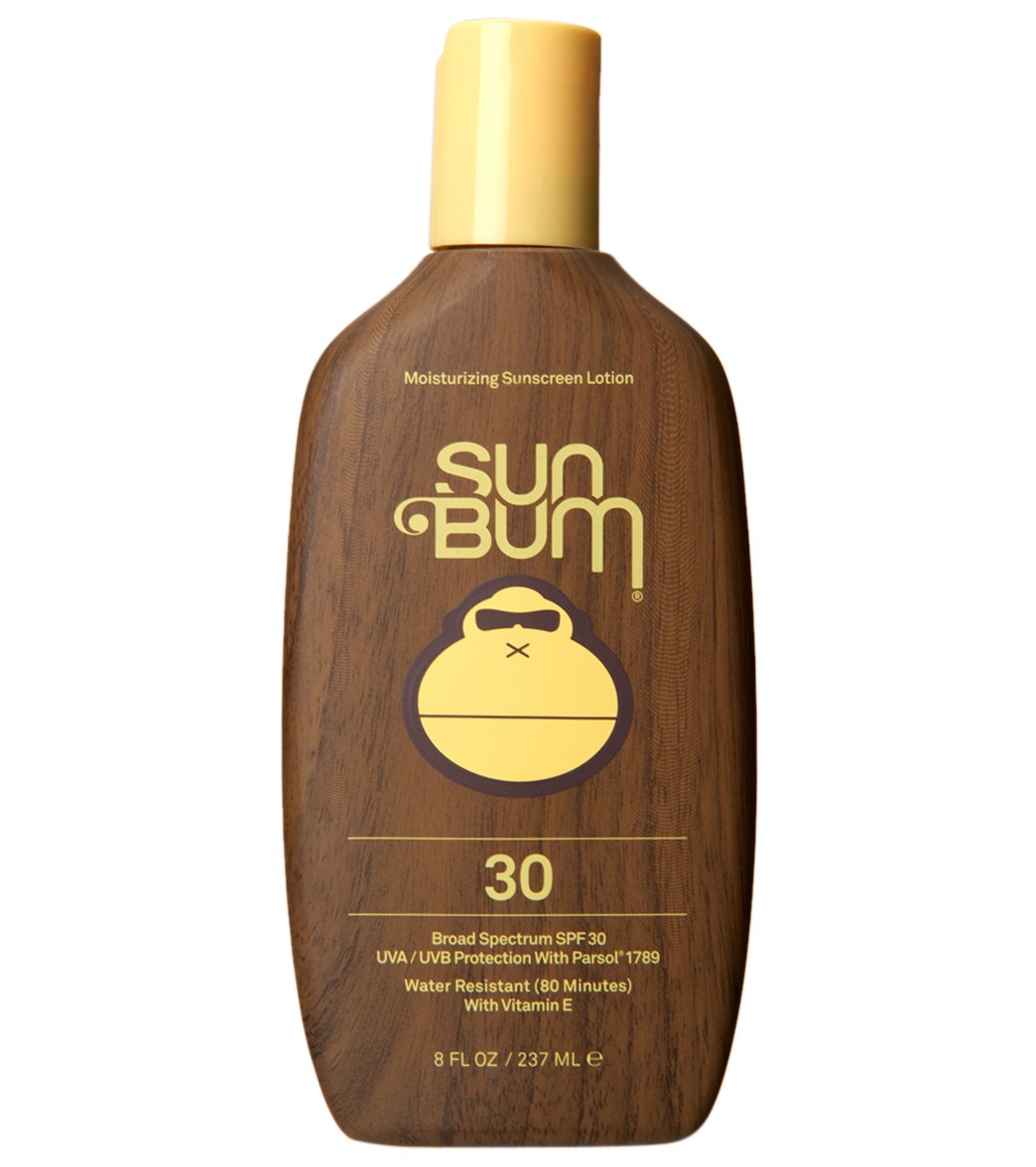

Key West followed in 2019 and around the same time the Food and Drug Administration proposed a new rule to regulate common chemicals found in sunscreens, including oxybenzone and octinoxate, pending updated testing. Their subsequent study found that there was over 14,000 tons of sunscreen in our oceans, which they have now been able to directly link to irreversible damage to coral and other marine life.įollowing the growing amount of evidence that what sunscreens we put on our bodies can have a devastating effect on the environment around us, Hawaii became the first state to ban the sale of sunscreens containing oxybenzone and octinoxate in 2018, two known endocrine disrupting chemical ingredients that have been shown to drastically affect ocean life. After ruling out the usual suspects like “sewage, fuel, pesticides, and road runoff,” says Downs, they realized that there were high concentrations of chemicals found in sunscreens in the water of the highly popular tourist beaches. Craig Downs, PhD, Executive Director of the Haereticus Environmental Laboratory, was tasked by the Federal Government to figure out why coral reefs in the U.S. In 2015, a group of scientists including Dr. But as you slather yourself in SPF (and reapply every two hours as directed, right?), you may not have thought about how what you choose to protect your body from the sun could also have a role in protecting, or deteriorating, the environment around you.
#SUN BUM SUNSCREEN SKIN#
According to the American Academy of Dermatology, wearing sunscreen is the best protection you can get against sun damage that can lead to skin cancer. These are the best mineral sunscreens to stock up on this summer.You probably know by now that you need to be wearing sunscreen your mother told you, your doctor has told you, hell, even we at Men’s Health have told you (many times). The good news is there are plenty of options out there for physical sunscreens that don’t feel heavy or leave a white cast. (If you see oxybenzone, octinoxate, octocrylene, and avobenzone, you’re probably dealing with either a mineral-chemical combo or just chemical.) If you’re concerned about these ingredients, it’s best to stick with mineral. (More info on that here.) The FDA called for more research regarding the other 12, which are typically found in chemical sunscreens. Out of the 16 currently approved sunscreen ingredients that brands can use, the only two deemed officially safe were the physical blockers, zinc oxide and titanium dioxide. There’s also recent concern over ingredients found in chemical sunscreens, and in May 2019 the FDA proposed new regulations for them. She also prefers mineral-based sunscreens since they are immediately effective against the sun’s rays (most chemical sunscreens take about 20 to 30 minutes) and tend to need less reapplication.

Since mineral SPF doesn’t get absorbed by your skin, it’s less likely to clog pores and tends to be gentler on sensitive skin than chemical sunscreen. Markowitz recommends physical sunscreens for those with acne-prone or sensitive skin.

While the best mineral sunscreen SPF is whichever one you will use every day, Dr. In contrast, chemical sunscreens work by absorbing UV rays and converting them to heat, which is then released by the skin.” “The minerals sit on your skin’s surface and act like microscopic mirrors to reflect harmful rays. “Mineral sunscreen is a type of sunscreen that is formulated with the minerals zinc oxide or titanium oxide-or sometimes both-as the active ingredient that provides UV protection,” says Orit Markowitz, MD, board-certified dermatologist and founder of OptiSkin Dermatology in NYC. What were once gloppy, greasy, heavy creams guaranteed to leave a chalky white cast are now just as sophisticated as their chemical counterparts.Ī quick refresh: Sunscreens come in two forms: chemical, which are absorbed by your skin, and mineral or physical, which sit on your skin’s surface-which is why they can be a little trickier to rub in. Whichever you choose, SPF is a nonnegotiable in your skin-care routine for providing broad-spectrum protection (meaning they block both UVA and UVB rays) against sun exposure, which can protect against skin cancer and early signs of aging. Finding the best mineral sunscreen isn’t the chore it used to be.


 0 kommentar(er)
0 kommentar(er)
